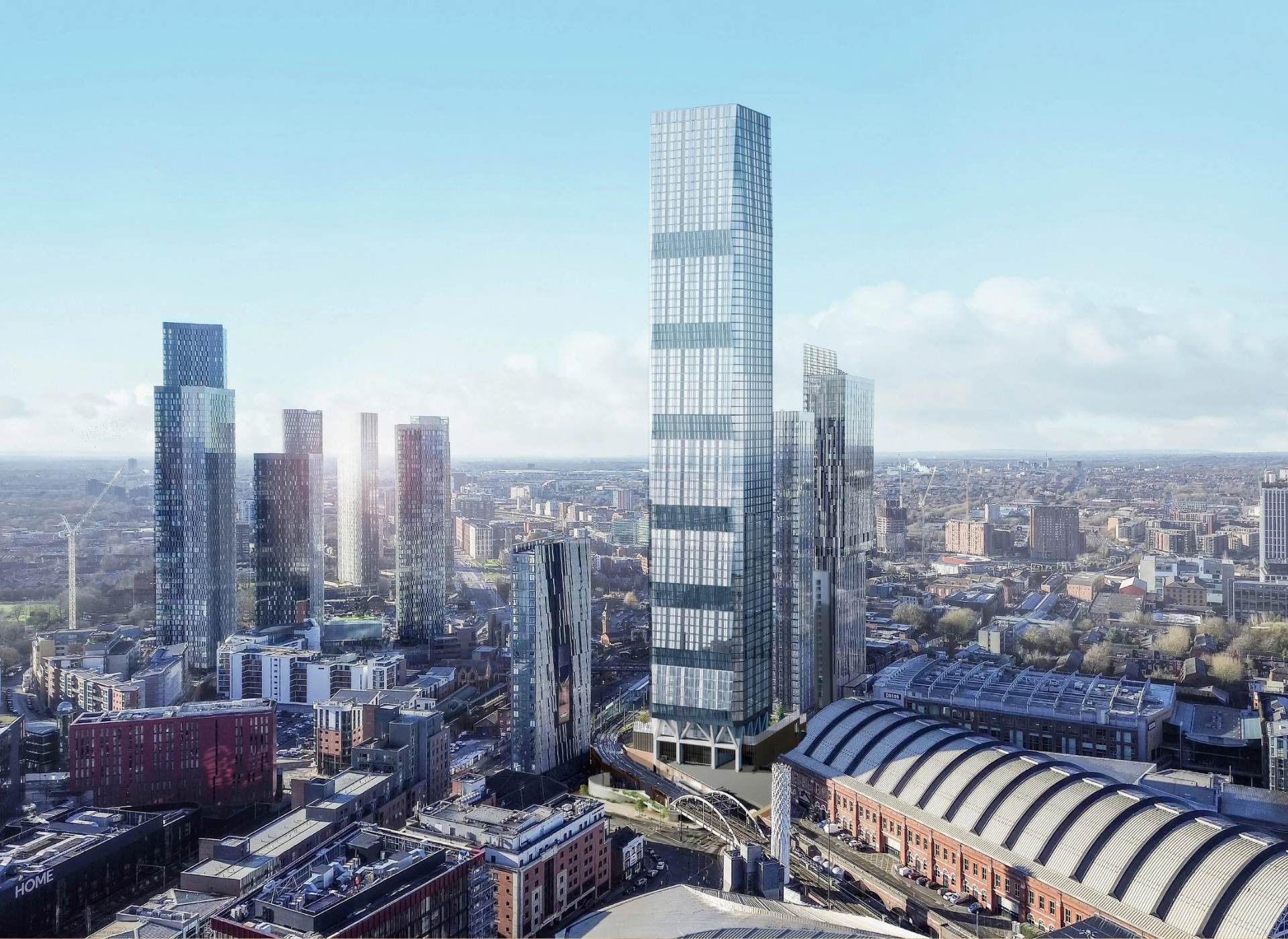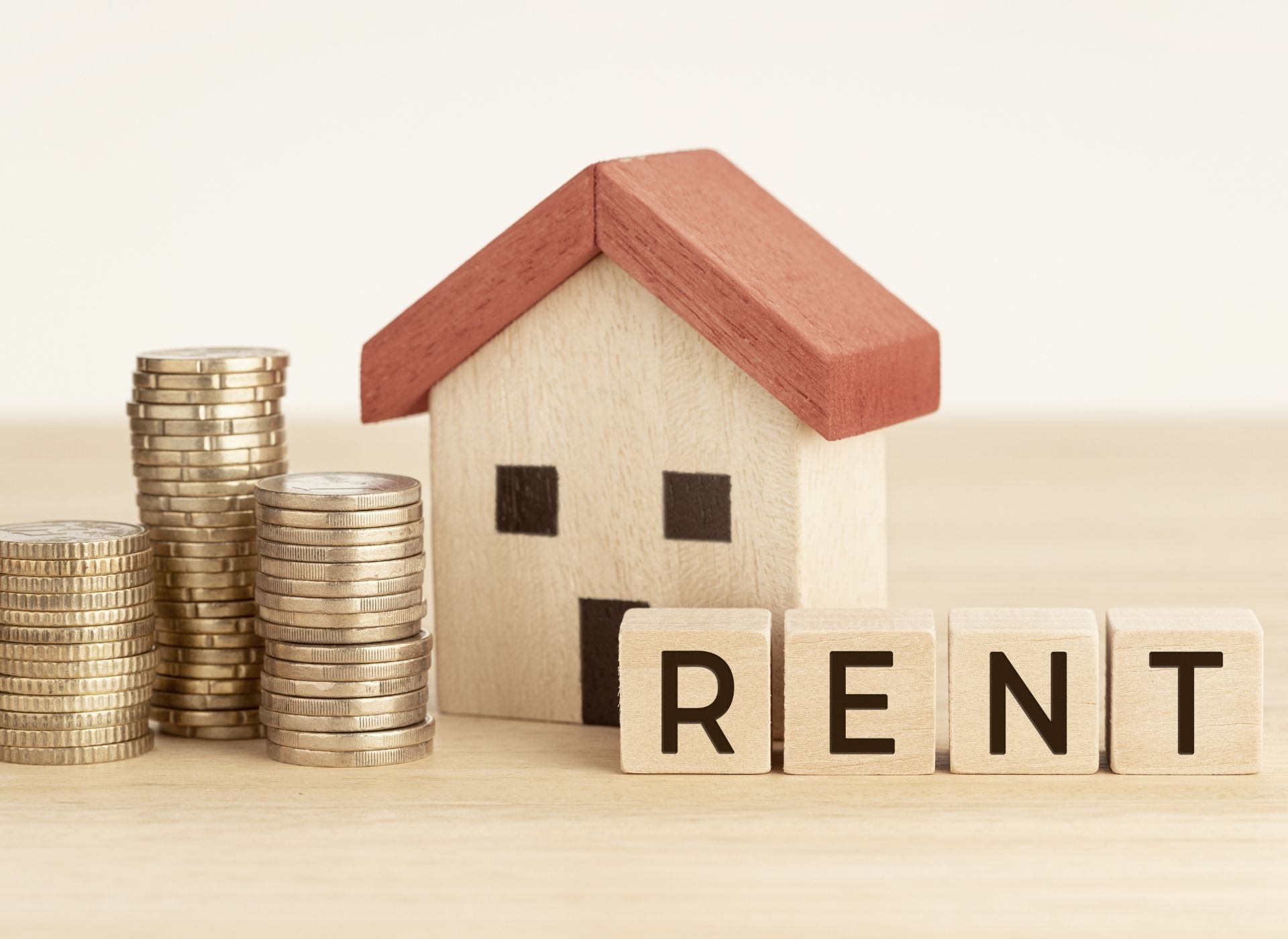Investing in a buy-to-let property can be an exciting opportunity to generate long-term income and capital appreciation. However, while the prospect of rental returns may seem lucrative, many investors fail to account for the hidden costs that can significantly impact profitability. Beyond the obvious expenses like mortgage payments and agency fees, buy-to-let landlords must navigate a range of unexpected financial burdens, from taxation changes to maintenance surprises.
Understanding these hidden costs beforehand can help investors make informed decisions, ensuring their rental property remains a profitable asset rather than an unexpected financial drain. In this blog, we’ll uncover the key hidden costs of buy-to-let investment in the UK and provide strategies to minimise their impact.
1. Stamp Duty Land Tax (SDLT) on Buy-to-Let Properties
One of the first hidden costs many new investors overlook is the higher Stamp Duty Land Tax (SDLT) rate on buy-to-let properties. Unlike residential purchases, investors must pay an additional 3% surcharge on properties worth more than £40,000.
Current Stamp Duty Rates for Buy-to-Let Landlords (2025)
Here’s how much Stamp Duty applies to buy-to-let properties:
| Property Price | Stamp Duty Rate |
|---|---|
| Up to £250,000 | 3% |
| £250,001 – £925,000 | 8% |
| £925,001 – £1.5 million | 13% |
| Over £1.5 million | 15% |
This extra taxation can add thousands to upfront purchase costs, making it a crucial factor to account for before investing.
How to Minimise This Cost
Investors can reduce their Stamp Duty burden by exploring lower-cost properties or considering areas with higher rental yield potential to compensate for tax costs.
2. Buy-to-Let Mortgage Fees and Interest Rate Premiums
Unlike standard residential mortgages, buy-to-let loans come with higher interest rates and additional fees. Many investors underestimate the true cost of borrowing, assuming mortgage repayments alone make up the total expense.
Hidden Mortgage Fees Include:
- Arrangement Fees – Lenders charge upfront fees that can range from £1,000 to £3,000.
- Higher Interest Rates – Buy-to-let mortgages often have interest rates 1-2% higher than residential loans.
- Early Repayment Charges – If a landlord wishes to sell the property before a mortgage term ends, they may face penalty fees.
How to Minimise This Cost
Shop around for lenders with lower arrangement fees and consider longer-term fixed-rate deals to ensure predictable costs.
3. Taxation Changes for Landlords
In recent years, tax laws have changed significantly, reducing profitability for many landlords. Some hidden taxation costs include:
Reduction in Mortgage Interest Tax Relief
Previously, landlords could deduct mortgage interest from taxable rental income, but as of 2020, the full tax relief has been removed and replaced with a flat 20% tax credit. This means higher-rate taxpayers pay significantly more in tax.
Capital Gains Tax (CGT) on Property Sales
When selling a buy-to-let property, landlords must pay Capital Gains Tax (CGT) on profits. Current rates are:
| Taxpayer Type | CGT Rate on Property Sales |
|---|---|
| Basic Rate Taxpayer | 18% |
| Higher Rate Taxpayer | 28% |
How to Minimise This Cost
Use allowable expenses (such as repairs and letting fees) to reduce taxable profit and consider holding properties long-term to benefit from potential tax breaks.
4. Property Maintenance Cost
Many landlords underestimate the true cost of maintaining rental properties. Ongoing maintenance and unexpected repairs can quickly erode profit margins if not properly budgeted.
Hidden Maintenance Costs Include:
- Boiler and Heating Repairs – Boiler replacements can cost £2,000 – £4,000.
- Plumbing and Electrical Issues – Emergency plumbing repairs may range from £150 to £800.
- Structural Repairs – Roof replacements or damp treatment may cost thousands of pounds.
- General Wear and Tear – Carpets, flooring, and repainting incur regular expenses.
How to Minimise This Cost
Landlords should set aside at least 10-15% of rental income for maintenance costs and conduct regular inspections to identify small issues before they escalate.
5. Letting Agent Fees and Management Costs
Many landlords prefer to work with letting agents for tenant screening, rent collection, and property management, but these services come at a price.
Standard Letting Agent Fees
- Tenant Find Services – Typically 1 month’s rent or 10-15% of the annual rental income.
- Full Property Management – Costs range from 8-12% of annual rental income.
While these services can save landlords time, the costs significantly reduce rental yields.
How to Minimise This Cost
Consider self-managing properties to avoid hefty agent fees or negotiate lower commissions with letting agents.
6. Void Periods and Unexpected Rental Losses
A hidden cost that can severely impact profitability is void periods—times when the property sits unoccupied with no rental income.
Factors Leading to Void Periods
- Seasonal demand fluctuations – Some cities experience slow rental demand in winter.
- Tenant turnover – Frequent changes in tenants increase vacancy rates.
- Market downturns – Economic conditions can impact rental demand.
How to Minimise This Cost
Invest in high-demand areas and conduct thorough tenant screening to ensure long-term occupancy.
7. Compliance and Legal Costs
UK landlords must comply with strict rental regulations, many of which include hidden costs:
- EPC Requirements – Properties must have a minimum EPC rating of C by 2025, requiring potential renovations.
- Gas and Electrical Safety Checks – Annual safety inspections cost £60-£150.
- Deposit Protection Scheme – Landlords must legally protect tenant deposits, incurring registration fees.
- HMO Licensing Fees – Houses in Multiple Occupation (HMOs) require council licensing fees from £500 – £1,000.
How to Minimise This Cost
Ensure all compliance requirements are met before purchase and factor legal fees into investment calculations.
Being Prepared for Hidden Costs in Buy-to-Let Investment
While buy-to-let properties offer excellent financial opportunities, investors must fully understand the hidden costs associated with rental ownership. Stamp Duty, taxation changes, maintenance expenses, agent fees, void periods, and legal costs all add up, impacting overall profitability.
The key to successful property investment is meticulous budgeting and planning. By considering these hidden costs and implementing strategies to mitigate financial risk, landlords can make informed decisions and maintain strong rental yields.






